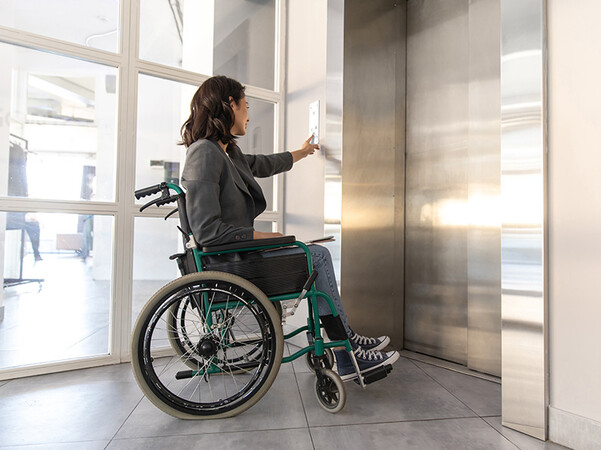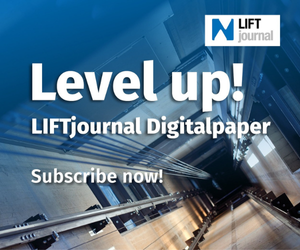Lift Evacuation Communications in the Era of EN 81-76
The new 2N Evacuation Solution, developed on the 2N Lift8 platform, has been designed with the recently adopted European directive EN 81-76:2025 in mind. Prague-based 2N, part of the Axis Group, will present the solution at interlift.
EN 81-76:2025 sets new requirements for elevator-based evacuation, emphasising the safe evacuation of people with reduced mobility. A critical aspect of this standard is the establishment of reliable communication channels between evacuation lifts, landings and the Main Elevator Evacuation Floor (MEEF).
At the heart of the 2N Evacuation Solution is the field-proven 2N Lift8 Central Unit. When activated in evacuation mode, it provides structured and prioritised voice communication between the MEEF and all designated landing floors. A single Central Unit can manage up to 64 landing audio units, making the solution highly scalable and adaptable to projects of different sizes.
The 2N Evacuation Solution supports long-distance deployments, with devices functioning reliably up to 600 metres away from the Central Unit. Communication with individual landing audio units on specific floors from the MEEF can be handled either by a simple, cost-effective Machine Room type unit, which requires no additional communication modules, or by a more advanced IP phone that offers extended control options.
This flexible architecture enables the creation of reliable evacuation communication systems, even in high-rise buildings, large campuses or multi-building complexes.
Operational considerations and retrofitting
 Photo: © 2N
Photo: © 2NAccording to the company, the 2N solution aligns closely with the provisions of EN 81-76:2025 by ensuring two-way communication between the evacuation floor, the lift car, and the landings. This is achieved through integrated microphones and speakers that provide hands-free operation.
Activating channels from the MEEF enables the evacuation coordinator to control and prioritise communication traffic, thereby reducing the risk of confusion in high-stress situations. Additionally, the link between the elevator and the MEEF remains open throughout the evacuation process, ensuring the evacuation elevator is always accessible.
Implementation is not limited to new or modernised lifts. The system can be adapted to a wide variety of building layouts, ranging from high-rise towers to large-scale sites. Given the ongoing debate around retrofit strategies for older buildings and the vast number of existing installations that may not otherwise fall under the initial scope of EN 81-76, this flexibility is significant. The 2-wire infrastructure can facilitate deployment and reduce costs.
“By combining robust lift communication infrastructure with a dedicated evacuation mode, the system provides a reliable means of enhancing building safety”, stresses the company. “With EN 81-76:2025 now in force, effective evacuation communication has become a mandatory element of building safety.”
More informations: 2n.com






















Write a comment